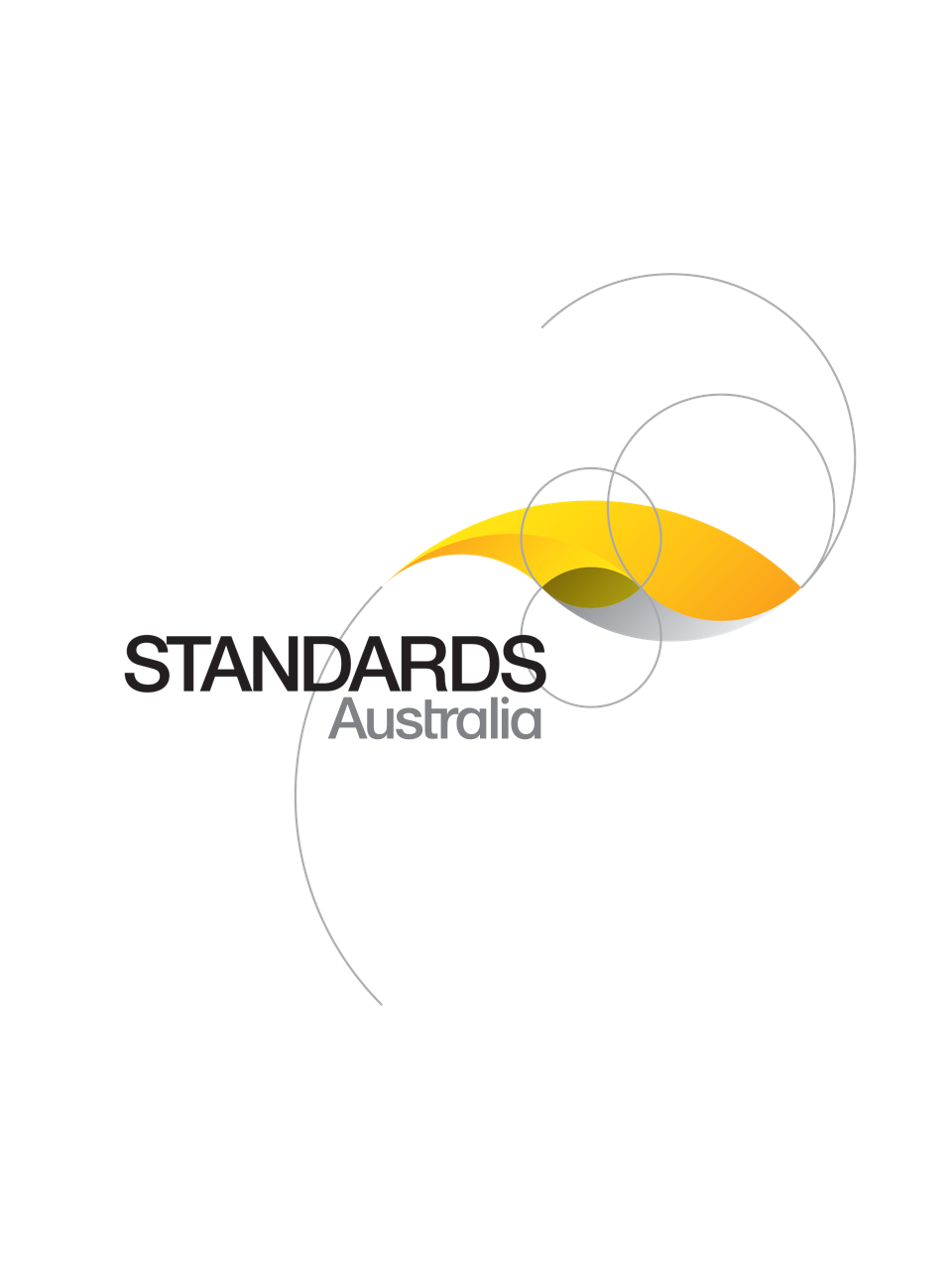Standard
Track updates
AS/NZS 2633:1996
[Current]Guide to the specification of colours
Provides information on factors which should be taken into account when specifying colours. Describes various methods that may be used to specify colours, giving guidance in the selection of the appropriate method.
Published: 05/12/1996
Pages: 33
Table of contents
Cited references
Content history
Table of contents
Header
About this publication
PREFACE
1 SCOPE AND GENERAL
1.1 SCOPE
1.2 REFERENCED DOCUMENTS
1.3 DEFINITIONS
2 FUNDAMENTAL CONSIDERATIONS
2.1 THE PHYSICAL DETERMINANTS OF COLOUR
2.2 THE IMPORTANCE OF SPECIFYING THE ILLUMINATION CONDITIONS
2.2.1 Effect of different light sources
2.2.2 Equipment with integral light source
2.2.3 Specification of applied voltage
2.2.4 Specification of illumination and viewing geometrics
2.2.5 Specification of test light source
2.2.6 Colour rendering properties of light sources
2.2.7 Assessment of light sources
2.3 THE THREE DIMENSIONAL NATURE OF COLOUR
3 METHODS OF SPECIFYING COLOURS
3.1 GENERAL
3.2 COLOUR NAMES
3.3 MATERIAL COLOUR STANDARDS
3.3.1 Advantages and disadvantages
3.3.2 Colour order systems
3.4 CIE COLORIMETRIC SYSTEM
4 CRITERIA FOR THE SELECTION OF AN APPROPRIATE METHOD OF COLOUR SPECIFICATION
4.1 COLOUR NAMES
4.2 MATERIAL COLOUR STANDARDS
4.3 CIE COLORIMETRIC SYSTEM
5 TOLERANCES
5.1 THE NEED TO SPECIFY TOLERANCES
5.2 THE CONCEPT OF ACCEPTABLE COLOUR DIFFERENCES
5.3 METHODS OF DEFINING TOLERANCES
5.3.1 Visual assessment of colour differences
5.3.2 Instrumental assessment of colour differences
5.4 CIE COLOUR DIFFERENCE FORMULAS
5.5 VISUAL ASSESSMENT OF COLOUR
APPENDIX A
APPENDIX B
B1 REFERENCED DOCUMENTS
B2 RELATED DOCUMENTS
Cited references in this standard
One-time Purchase
Access via web browser on any device
One-time purchase
Single publication
Offline access via PDF^
$109.95 AUD
Inclusive of GSTFormat *
Web Reader
Licenses *
1 License (for yourself - not shareable)
Total$109.95 AUD
IMPORTANT
